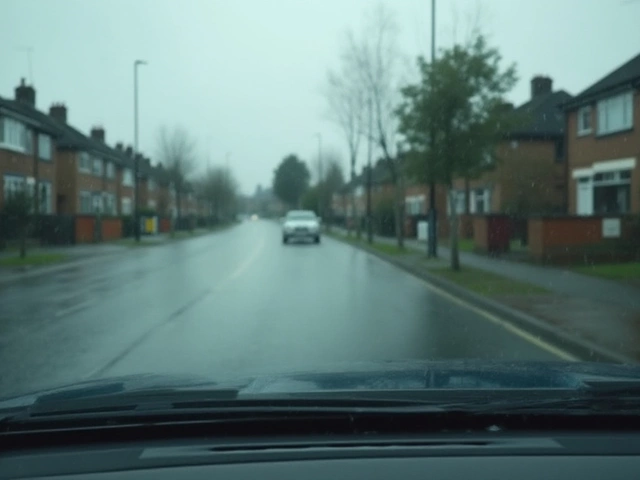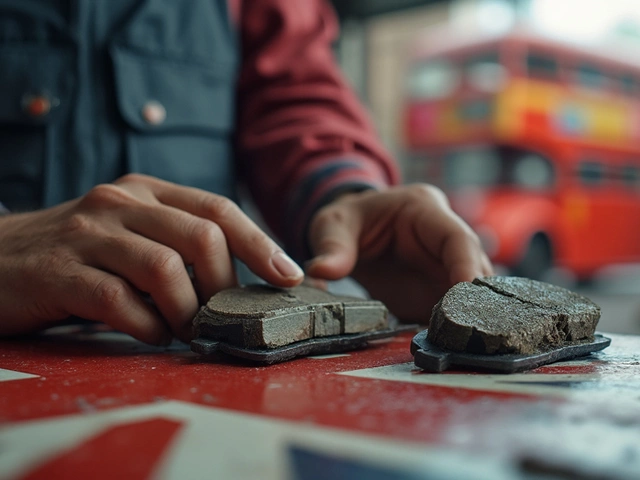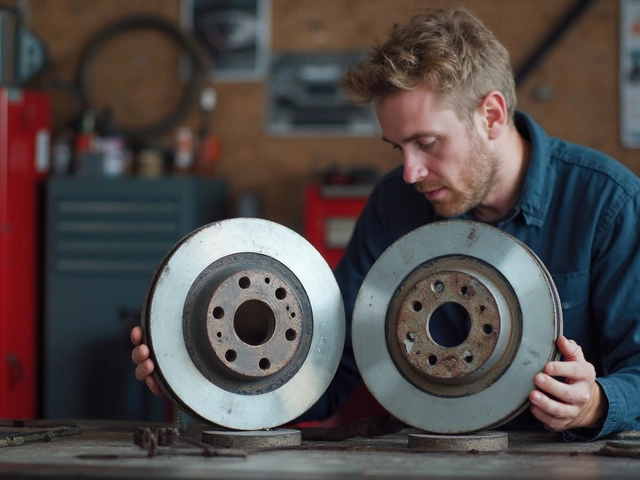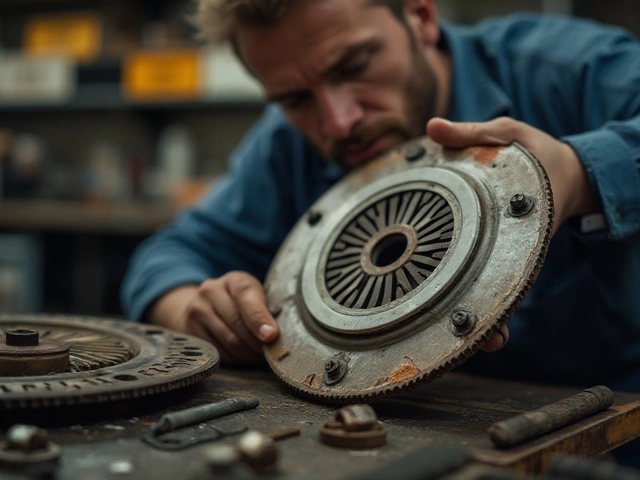Squeaking Sound in Your Car? What It Means and How to Fix It
If you hear a high‑pitched squeak every time you turn the wheel or hit a bump, you’re not alone. Most drivers ignore the noise until it gets louder or something breaks. The good news? Many squeaks have cheap, easy fixes you can do yourself or with a quick visit to the shop.
Common Sources of Squeaks
First, know where the sound is coming from. A squeak near the front wheels often points to brakes, while a noise that changes with engine speed usually means a belt or pulley is to blame.
- Brakes: Worn pads, glazed surfaces, or rust on the rotor can make a squeal when you press the pedal. Even new pads can squeak if the shims aren’t installed correctly.
- Suspension: Bushings, ball joints, or shock absorbers can squeak when they’re dry or damaged. The sound often follows every bump.
- Steering components: A loose power‑steering rack or a dry tie‑rod end will chirp as you turn.
- Belts and pulleys: The serpentine belt can squeal if it’s loose, cracked, or if the tensioner isn’t working right. Engine speed changes the pitch.
- Interior trim: Loose plastic clips under the dash or around the doors can vibrate and make a faint squeak that’s easy to miss.
Pinpointing the exact part saves you time and money, so try to note when the squeak happens – during braking, turning, accelerating, or just idling.
DIY Fixes You Can Try
Before you call a mechanic, grab a few basics and give these a shot.
- Brake pads: Spray a little brake lubricant on the back of the pads (avoid the surface that contacts the rotor). If the pads are worn below 3 mm, replace them.
- Rotor cleaning: Use a brass brush and some brake cleaner to remove rust or glazing. A clean rotor often stops the squeal.
- Lubricate suspension joints: Use a silicone‑based spray on ball joints, bushings, and tie‑rod ends. Don’t use oil on rubber parts – it can damage them.
- Check belt tension: Press down on the serpentine belt; you should feel about half an inch of give. If it’s loose, tighten the tensioner or replace the belt if it’s cracked.
- Secure interior clips: Open the door panels and press any loose clips back into place. A quick snap can kill that annoying chirp.
If you’ve tried these steps and the squeak persists, it’s time for a professional look. A mechanic can measure wear on bushings, test the power‑steering pump, or check for hidden rust on the brakes.
Remember, a squeak is often a warning sign, not just a nuisance. Addressing it early prevents bigger, costlier repairs down the road. Keep an ear out, note when the noise occurs, and give it a quick fix. Your car will stay quieter, safer, and you’ll avoid unnecessary trips to the garage.
 13 June 2025
13 June 2025
Suspension Noise Types: Three Sounds That Signal Trouble
Weird noises coming from your car’s suspension aren’t just annoying—they’re a big red flag. This article breaks down three specific types of sounds that scream something’s wrong with your suspension. Find out what each noise usually means, how they happen in real-world driving, and get some handy tips to track down the cause before things get worse. Everyday examples make it all crystal clear so you know what to listen for. Save yourself time, stress, and money by catching the early warnings.
Latest Posts
-

How Long Does Clutch Replacement Take: A Comprehensive Guide
-

How to Use Windscreen Wipers Like a Pro: Tips for Clear Visibility
-

Front or Rear Brakes: Which Brake Pads Wear Out First?
-

Is it Cheaper to Resurface or Replace Rotors? Real Costs for Your Brakes
-

How Long Does a Clutch Kit Last in Your Vehicle?

0